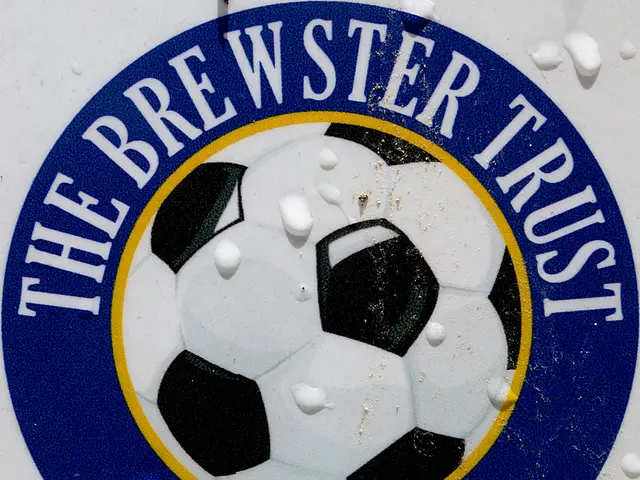Strategies for Kickstarting Projects Among High School Pupils
In the world of teen behavior, understanding motivation is crucial. The Behavior Analyst Certification Board (BACB) aims to shed light on common misconceptions, aiming to help parents, teachers, and caregivers better comprehend the actions of young people.
One myth often attributed to teen behavior is that it is driven by laziness, character flaws, or diagnostic labels. However, the science of behavior change suggests otherwise. The three-term contingency, a fundamental concept in behavior analysis, consists of antecedents, behaviors, and consequences.
Antecedents are the environmental factors immediately before behavior. Behaviors are what the teen says or does, and consequences are the immediate responses to the behavior. For instance, deprivation and satiation describe the relationship between the time and amount of a reward received. Deprivation increases the value of a reward, while satiation decreases it.
Accessing attention can come from various sources, including parents, teachers, or friends, often in the form of praise. Access and escape consequences can be both social and non-social. Social consequences are produced by the actions of others, while non-social consequences occur without others' influence and happen based on our interaction with the environment.
Escaping or avoiding a consequence can also motivate behavior. For example, a teen might avoid a homework assignment to spend more time playing video games. Understanding the function of behavior is crucial in helping teens and young adults achieve their goals.
Accessing tangibles includes free time, video games, food, or money. The size of the consequence matters; significant effort behaviors should be rewarded differently from low effort or routine tasks. A preference assessment can help understand a teen's unique reinforcers, providing valuable insights into what motivates them.
The four basic functions of behavior are access to tangibles or activities, access to attention, access to automatic or "feel good" consequences, and escape or avoid a consequence. Immediacy of consequences is important for effectiveness, especially for learners with unique needs.
Applying the principles of behavior to goal setting can help achieve more goals. A SMART Goal Setting Course is available for more information on applying these principles to goal setting. Additional resources for understanding motivation and the functions of behavior include BehaviorBabe Youtube, Life Skills Advocate Blog, May Institute, Vanderbilt University IRIS Center, and information on escape-maintained behaviors.
Moreover, understanding individual differences in motivation is crucial. Control over the environment can be a strong motivator for teens and adults. By recognising these principles, we can foster a more supportive and understanding environment for our teens, helping them reach their full potential.








